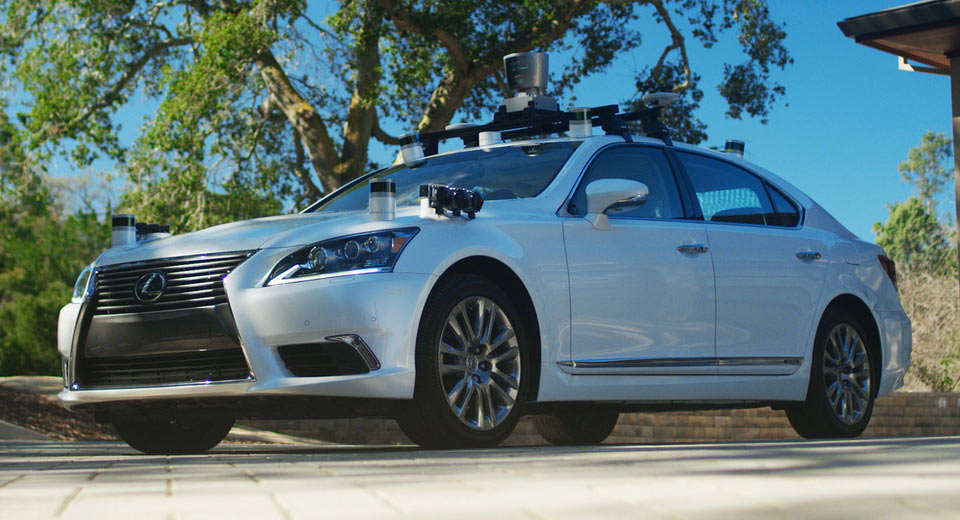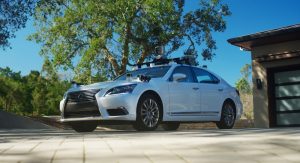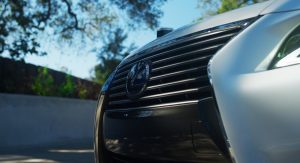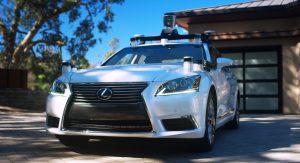The Toyota Research Institute (TRI) showcased its second-generation autonomous research vehicle at the company’s Prius Challenge event in California.
Based on the current generation Lexus LS 600hL, the test vehicle features the first ever testing platform developed entirely by TRI, focusing heavily on machine vision and learning.
Furthermore, the LIDAR, radar and camera sensor array are said to reduce the need to depend heavily on high-definition maps, thus helping the test platform remain upgradable.
TRI is currently working on two different research paths, the so-called Chauffeur and Guardian paths, where the former refers to the always-on fully autonomous system, and the latter is a high-level driver assist system that constantly monitors the environment inside and outside the vehicle, ready to alert the driver of potential dangers and step in when needed to assist in crash avoidance.
“Basically, it is a smart vehicle designed to get smarter over time,” explains TRI CEO, Gill Pratt. “It will learn individual driver habits and will benefit from shared intelligence from other cars as data gathering, sharing and connectivity technologies advance.”
“We believe Guardian can probably be deployed sooner and more widely than Chauffeur, providing high-level driver-assist features capable of helping mitigate collisions and save lives, sooner rather than later,” added the TRI boss.
By the end of this year and a full five years ahead of the NHTSA’s 2022 target date, Toyota will make Automatic Emergency Braking available as standard on nearly every model and trim level of Lexus and Toyota vehicles in the US.






